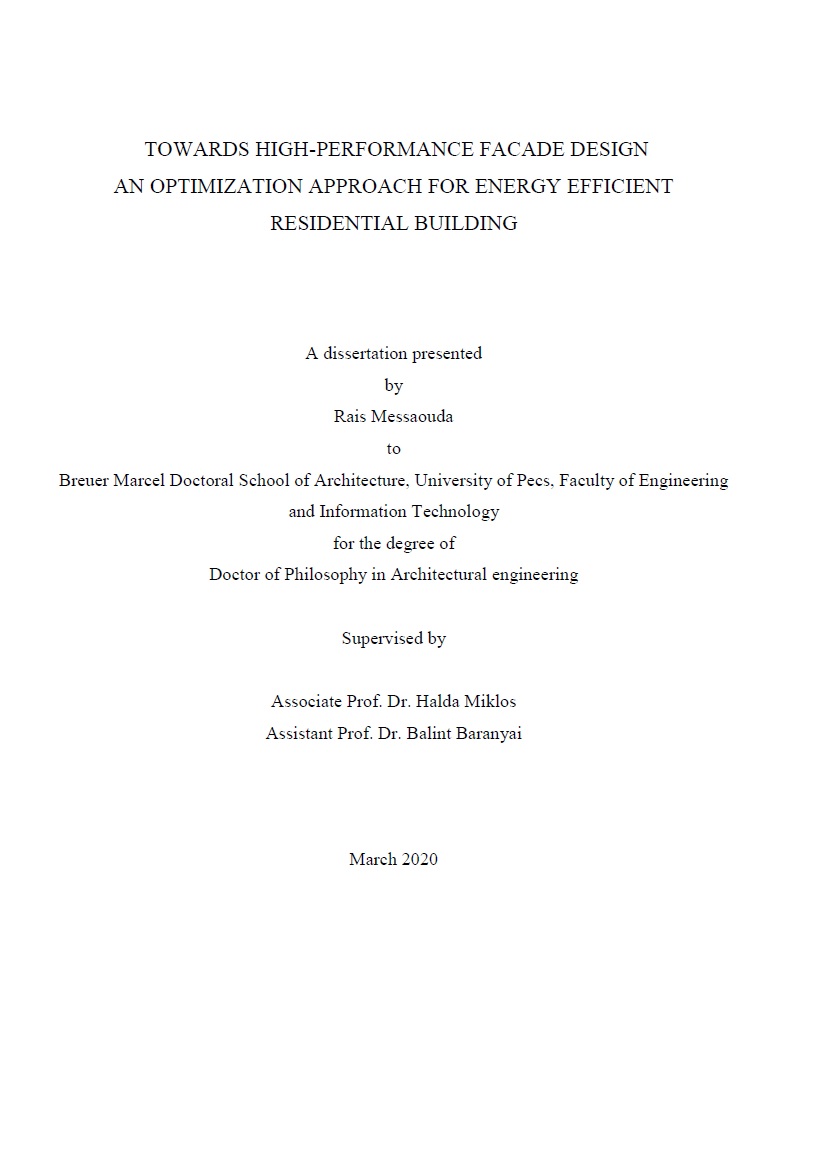Towards high-performance facade design an optimization approach for energy efficient residential building
Abstract
Preserving the environment is the most important issue of today’s world in which human being has to reduce energy consumption. Over the last years, building energy efficiency has worldwide considerable interest from the experts and researchers, since buildings are the largest consumer of the final energy consumption. During the last decade in Algeria, housing construction issues became one of the development priorities. Policies and strategies were set up to tackle the housing demand and to reorganize the sprawling slum areas, providing social houses for the low-income families, the design and the constructional techniques of these buildings, are operated with over-shorter project planning time, it is striving to minimize design costs, neglecting the climate conditions and the sustainability concept. As a result, it has been reported that 37% of the overall energy consumption was attributed to residential buildings. Otherwise, the architectural facade design, technologies, and strategies, are the most significant contributors to the energy performance and the comfort parameters of the buildings. Thus, the main target of this research is investigating the possibilities of enhancing the indoor thermal comfort, visual comfort, and indoor air quality with less energy consumption through the building facade components, presenting a holistic evaluation and optimization approach. Besides, to provide an adaptive facade design to the local environment, the Algerian hot and dry climate zone was the study context of this research. To fulfill the set of objectives, this research applied an empirical methodology, using a dynamic simulation through Vi-suite add-on for Blender 3D that controls the external application Energy Plus and Radiance to conduct energy performance analysis. The Validation of the modeling and simulation with this software is affected based on real field measurement to determine the error percentage that can occur in the simulation. Furthermore, The existing residential building façade design in Algeria is diagnosed in terms of energy consumption, thermal comfort, visual comfort, and indoor air quality. Also, various facade alternative configurations have been evaluated to define optimum design solutions, for this step a generic virtual model has been created. The optimal combined solutions were applied in a typical existing residential building.

